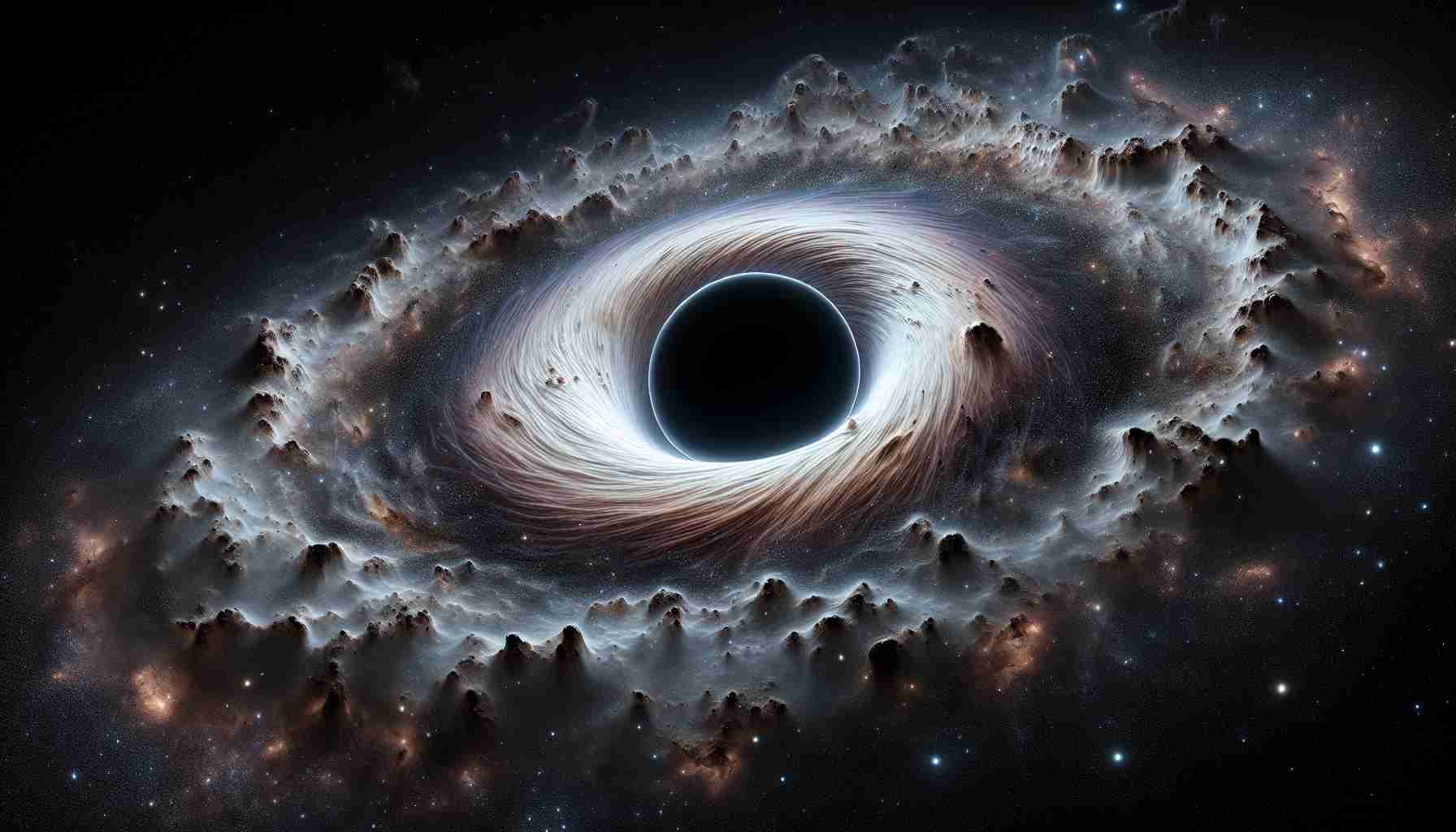Gaia-BH3

- 17 Apr 2024
Why is it in the News?
European astronomers have made a groundbreaking discovery by identifying Gaia-BH3, a colossal black hole located just 2,000 light years away from Earth within the Milky Way, revolutionizing our comprehension of star formation.
What Is Gaia-BH3?
- Gaia-BH3, a stellar black hole in the Milky Way galaxy, has been identified as the most massive one discovered to date.
- The European Space Agency's Gaia mission detected Gaia-BH3 due to its distinctive 'wobbling' effect on a companion star orbiting it.
- Through the use of the Very Large Telescope at the European Southern Observatory in Chile's Atacama Desert and other ground-based observatories, researchers confirmed its enormous mass.
- With a mass 33 times greater than our sun, Gaia-BH3 is situated in the Aquila constellation at a distance of 1,926 light-years from Earth, earning it the title of the second-closest known black hole.
- Gaia BH1, located about 1,500 light-years away, remains the closest known black hole to Earth with a mass approximately 10 times that of our sun.
- While Gaia-BH3 holds the distinction of being the most massive stellar black hole in our galaxy, it pales in comparison to Sagittarius A*, the supermassive black hole at the Milky Way's center, which boasts a staggering mass of roughly 4 million times that of the sun.
Difference Between Stellar and Supermassive Black Holes:
- Stellar and supermassive black holes are two distinct types of cosmic phenomena, each with unique characteristics and origins.
- Stellar-mass black holes result from the gravitational collapse of a single star or the merger of two neutron stars, resulting in masses comparable to stars.
- Their mass typically ranges from three to fifty times that of our sun.
- In contrast, supermassive black holes boast a mass exceeding 50,000 times the solar mass, often reaching into the millions or billions.
- The formation of supermassive black holes remains a mystery to scientists, as they are too massive to have formed from a single star's collapse.
- Their consistent presence at the center of galaxies suggests a potential connection to galactic formation.
- While our understanding of these cosmic giants continues to evolve, one thing is clear: both stellar and supermassive black holes are awe-inspiring fixtures in our universe.
